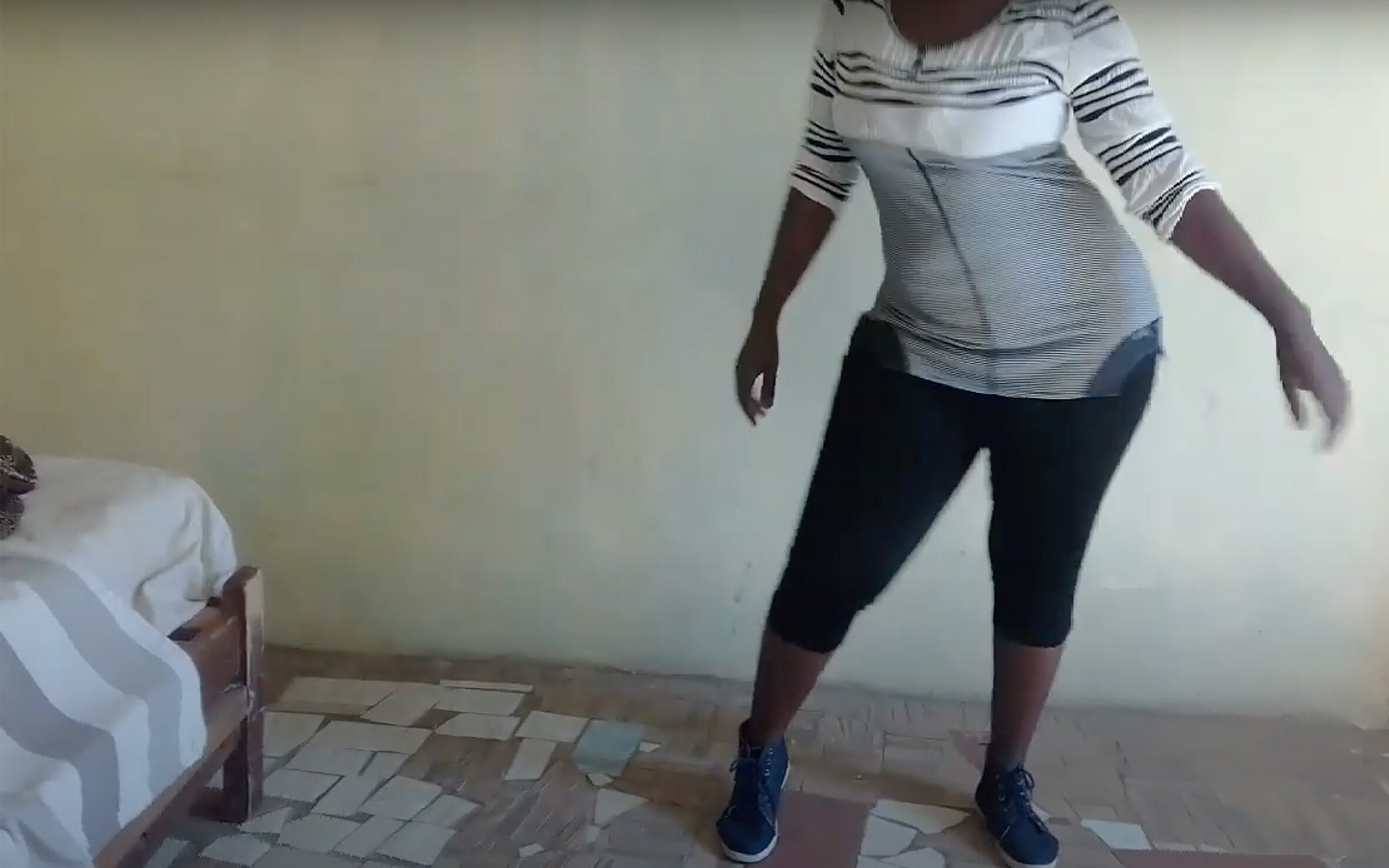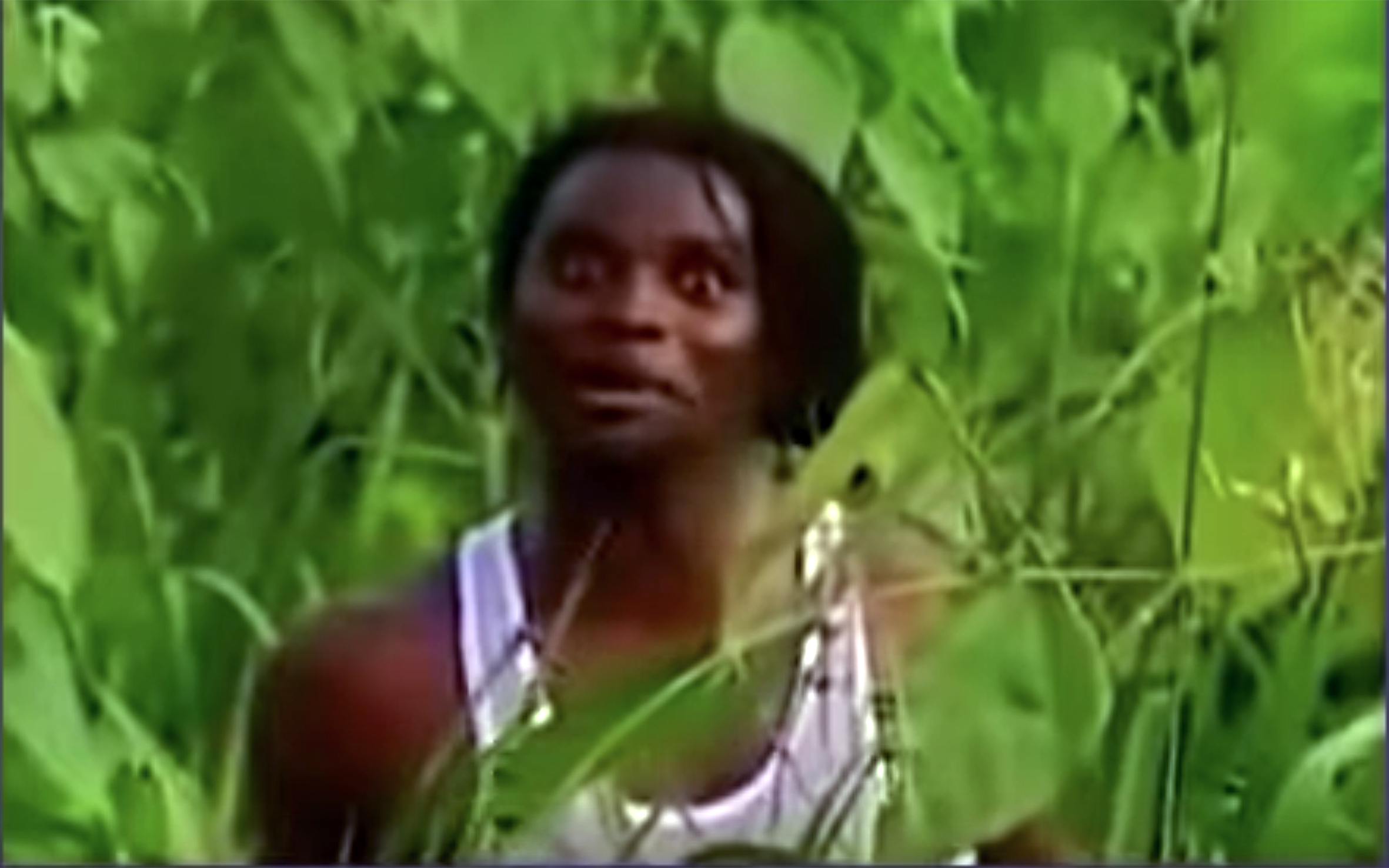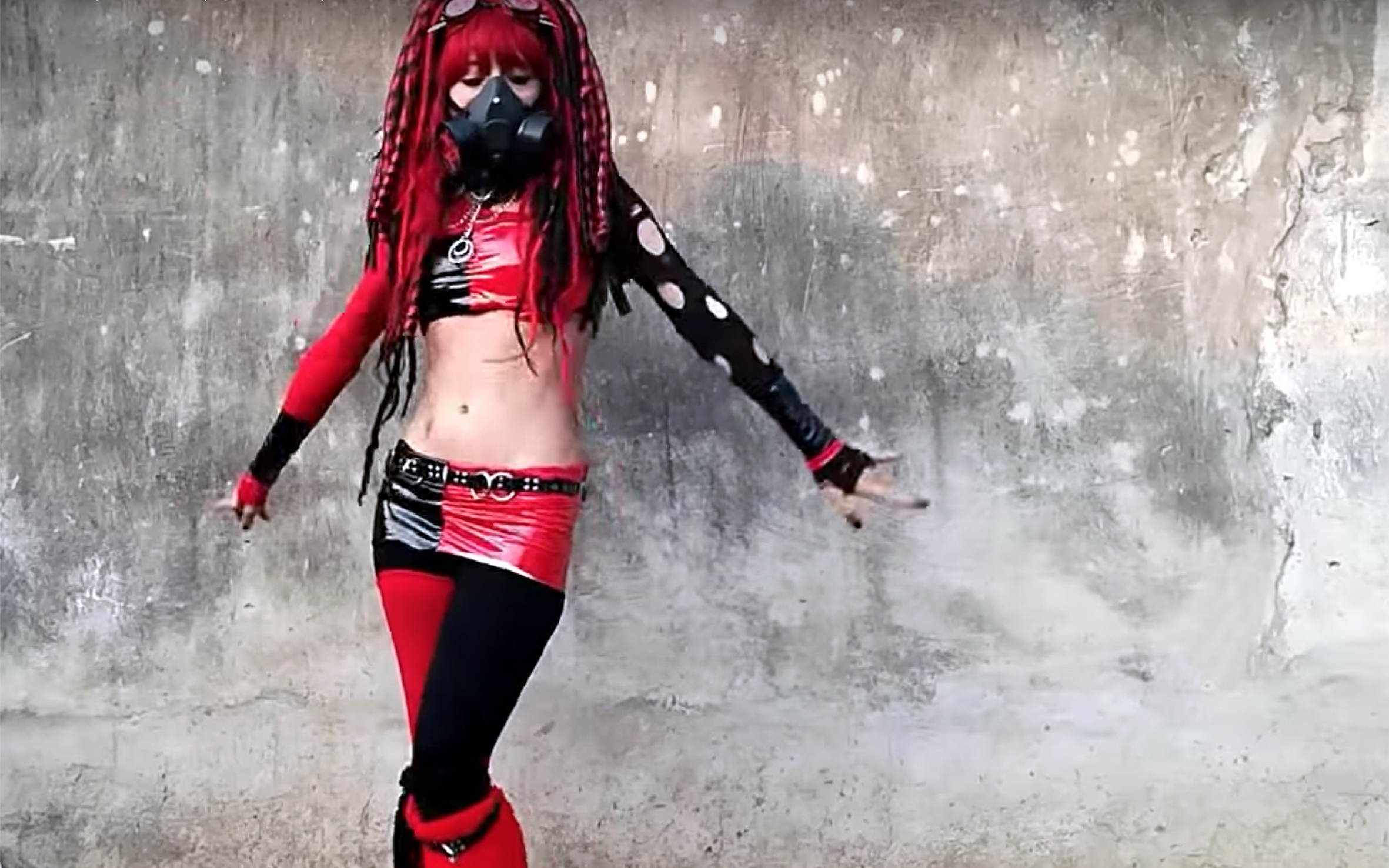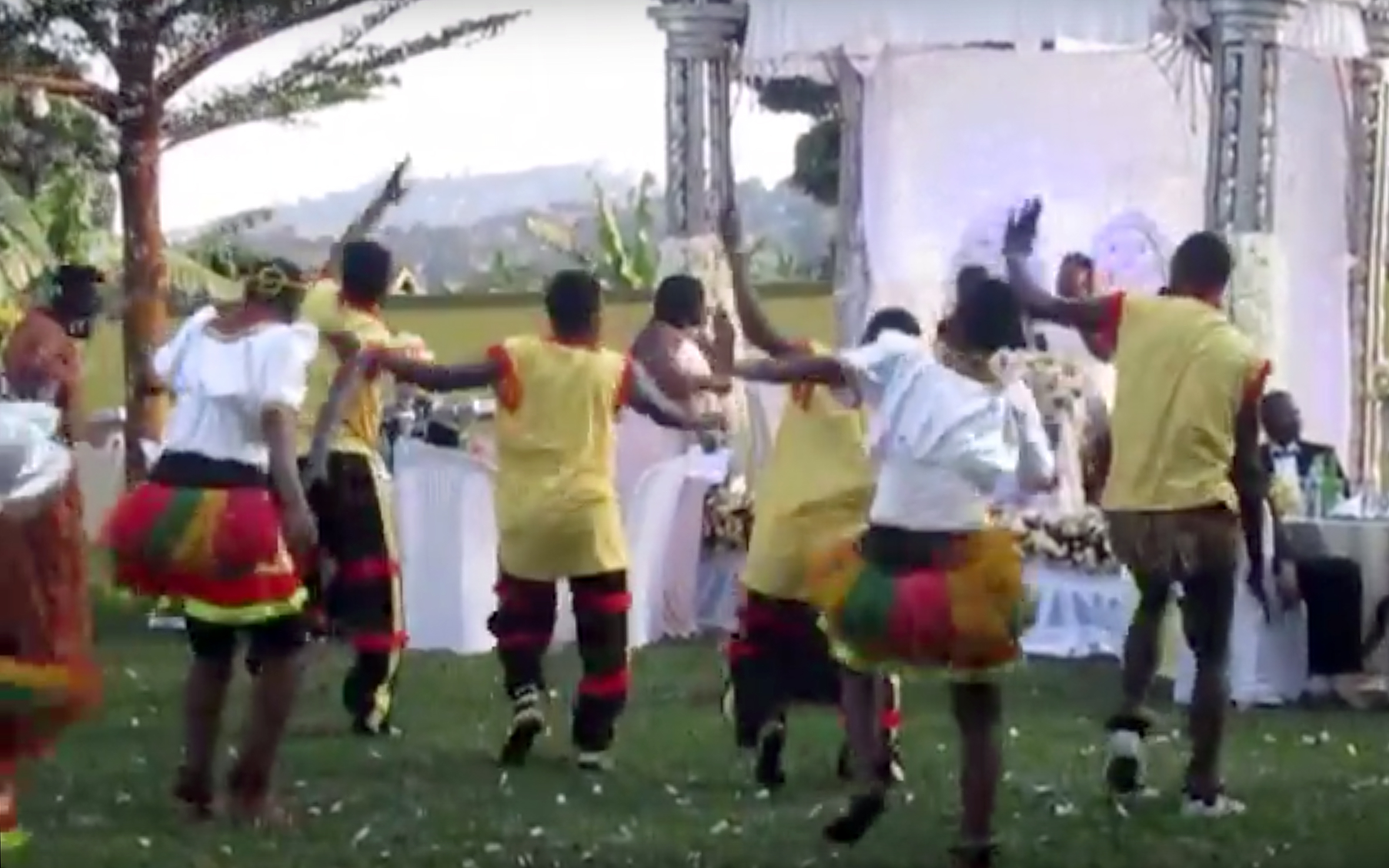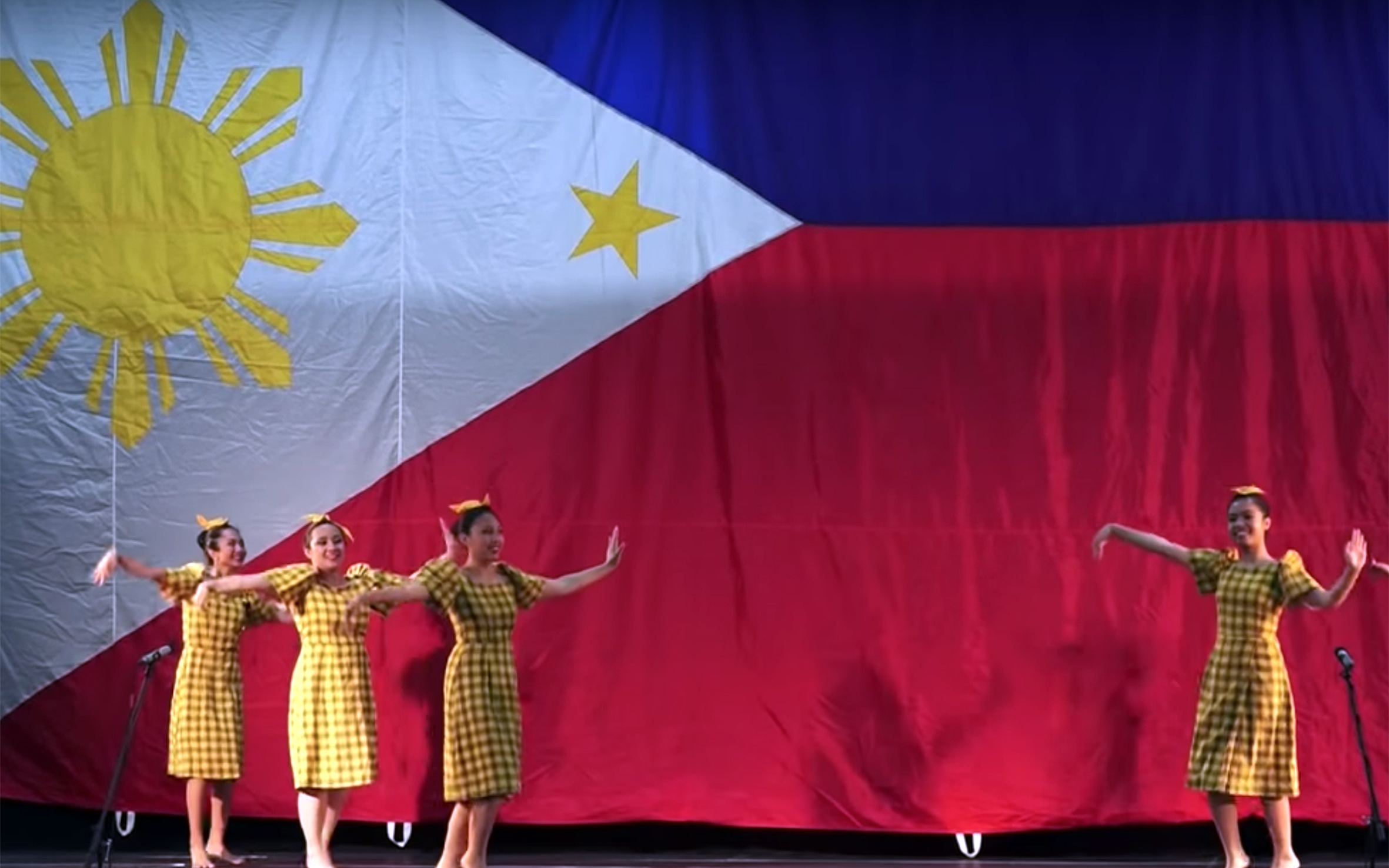393.Icupo me fimbusa / Zambia
ICUPO ME FIMBUSA is a dance from Zambia usually performed in the bedroom where there are two partners. The dance is performed for arousing the other partner sexually.
394.Ikariotikos / Greece
IKARIOTIKOS is a traditional dance originating in Ikaria, a Greek island in the North Eastern Aegean Sea. Traditional Ikariotikos was a slow dance. It is first danced with the arms in the basket weave hold. As the dance speeds up it is danced with hands on the shoulders. It has three parts and is accompanied by the most famous song called "My love of Ikaria”. Throughout the year Ikarians host baptisms, weddings, parties and religious festivals where they listen to traditional Ikarian music live and dance Ikariotikos.
395.IKOKU / Gabon
IKOKU is the most famous erotic and sensual dance style among the Punu people from Gabon in Central Africa. Female choreography reflects femininity, grace, and typically also her booty. The dance is often focused on female fertility, whereas the males are to show power, agility and virility. Almost all ethnic groups in Gabon have at least one courtesan dance, where one person dances in the center of the circle and after a walking around invite an opposite-sex person to simulate a sex act. These dances can also have a ritual character. The choreography can seem provocative for a warrior dance, or a profane dance.
396.IL BALLO DEL MATTONE / Italy
IL BALLO DEL MATTONE is an Italian rock ’n’ roll written and danced by the Italian singer and actress Rita Pavone in 1963.
397.IL BALLO DEL QUA QUA / Italy
IL BALLO DEL QUA QUA is a version of the chicken dance, a fad dance associated with a song composed by accordion player Werner Thomas in the 1950s, which with time became a popular dance throughout the Western world.
398.iLuminate / Global
ILUMINATE is an entertainment technology company that combines state-of the- art technology with electrifying entertainers who perform in the dark to create the ultimate performing arts experience. Founded by dancer and software engineer Miral Kotb, iLuminate enables performers, choreographers, engineers, technicians, stylists and artistic directors to produce explosive performances with customised wireless lighting programs. The results are extraordinary lighting effects choreographed with phenomenal dance moves that take viewers on an exhilarating ride.
399.Incwala Ceremony DANCE / Swaziland
INCWALA CEREMONY DANCE is a dance performed during the main ritual of Kingship in Swaziland—the first fruit ceremony. It is a national event that takes place during the summer solstice, a date chosen by royal appointed traditional astrologers in conjunction with the phases of the moon, normally in December or January. The main person in incwala is the King of Swaziland—when there is no king there is no incwala. Incwala ceremony takes place for many days. Young men perform various rites, including traveling in groups to selected parts of the country to collect the sacred branches of Lusekwane, a species of acacia shrub. On the fourth day is the culmination of the ceremony. The King appears in his full ceremonial gear and eats the first fruit of the season. The nation participates in the dancing all the time.
400.IMPROVISATION DANCE / USA / Global
IMPROVISATION DANCE is a process of spontaneously creating movement through a variety of creative explorations. Improvisation is a free, seemingly unstructured, less technically strict and impulsive form that draws inspiration from everyday dance practices and influences. It is a movement technique that is capable of evoking dramatic and thought-provoking content just as well as more codified western dance techniques such as ballet and non-western movement forms. Dance improvisation is not only about creating new movement but it is also defined as freeing the body from habitual movement patterns. Michael Jackson combined improvisation in both of those definitions and he insisted that he would perform a dance to “Billie Jean” song only if he could do it each time in a completely new way.
401.Indigenous People Traditional Dance / Taiwan
INDIGENOUS PEOPLE TRADITIONAL DANCE is an umbrella term to describe the dance performances by the indigenous peoples from Taiwan. There are numerous indigenous ethnic groups in Taiwan, such as Amis, Atayal, Paiwan, Bunun, Puyuma, Tsou, Saisiyat, Yami (Tao), Rukai, Thao, Kavalan, Truku, and Sakizaya. Each of them has distinct dances, performed on various occasions often in traditional clothing.
402.Indlamu / South Africa
INDLAMU is a traditional Zulu dance from South Africa where the dancer lifts one foot over his head and brings it down hard, landing squarely on the downbeat. Typically, two dancers in warrior’s pelts perform Indlamu routines together, shadowing each other’s moves perfectly. Historically, it was performed on numerous occasions, especially when warriors prepared for war or when a harvest was celebrated. Nowadays, it is often performed at weddings.
403.Industrial / Global
INDUSTRIAL is a dance characterized by its electronic beats, symphonic keyboard lines, pile-driver rhythms, angst-ridden or sampled vocals, and cyberpunk imagery. It is a fusion genre of industrial music and electronic dance music. Fans who are associated with this music scene refer to themselves as rivetheads.
404.Infantile Dance / Global
INFANTILE DANCE is a dance performed by people of such a young age you would not expect them to already be able to dance.
405. INTORE / Rwanda / Burundi
INTORE is the most famous traditional dance coming from Rwanda and Burundi. It is a highly choreographed routine consisting of three components—the ballet, performed by women; the dance of heroes, performed by men; and the drums. Traditionally, music is transmitted orally with styles varying between the social groups. Drums are of great importance in the dance accompaniment, and drummers usually play together in groups of seven or nine. The royal drummers used to enjoy high status within the court of the mwami (king).
406.Inuit DancING / Greenland
INUIT DANCE is a traditional drum dance performed by Inuit in Greenland. Usually, dancers dance in a “qaggi”, a snow-house built just for community events. Drum dancing is an important element of Greenlandic culture and a part of many celebrations such as birthdays, marriages, an Inuit boy’s first hunt, changing of seasons, greetings for visitors or to honor someone who had passed away. Inuit music is based on a drum called a “qilaut”, traditionally made from caribou skin with seal or walrus skin around the handle, and on an Inuit throat singing, called “katajjaq”. In the past Inuit drum dancing was most commonly performed by men, but nowadays it is also performed by women. Male dancer’s skills are evaluated by his endurance in his lengthy performance and the nature of his compositions.
407.Irish dance / Ireland
IRISH DANCE is a group of traditional dance forms originating from Ireland, encompassing dancing both solo and in groups, and dancing for social, competitive, and performance purposes. Irish dance in its current form developed throughout the 18th and 19th centuries, from various influences such as French quadrilles and English country dancing. The most predominant form of Irish step dance is the one popularised by the Broadway show Riverdance, and other Irish dancing stage shows since the late 20th century. Characterised by a rigid torso and dances performed high on the balls of the feet, this style became distinct from the late 19th century when the Gaelic League began efforts to preserve and promote Irish dance as part of a broader nationalist movement concerned with Irish culture.
408.Irish Set Dance / Ireland
IRISH SET DANCE, also referred to as COUNTRY SET DANCING, is a dance based on the French quadrille that was adapted by the Irish by integrating their sean-nós steps and Irish music. The distinguishing characteristics of Irish set dancing is that it is danced in square sets of four couples (eight people), and consists of several figures, each of which has a number of parts, frequently repeated throughout the set.
409.Israeli folk dancing / Israel
ISRAELI FOLK DANCES are usually performed to songs in Hebrew, or to other songs that have been popular in Israel, with dances choreographed for specific songs. Israeli dances include circle, partner, line, and individual dances. As almost all dances are intentionally choreographed and the choreographers are known and attributed, to reference these dances as “folk dances” is sometimes controversial among the general folk dance community. The Jews have a long dance history. The Bible and Talmud refer to many events related to dance, and contain over 30 different dance terms. Israeli folk dancing includes folk dances such as the Hora and the dances that incorporate the Yemenite step.
410.Isukuti / Kenya
ISUKUTI is a dance popular among the Isukha and Idakho sub-clans, which became the first Kenyan dance to get global recognition. It is danced with much vigour and passion. Unlike the coastal people who shake their waists, or the people from the center whose main focus is the feet, or the northerners who love to jump and the easterners who shake their shoulders, the people of western Kenya shake their whole body. Accompanied by the famous Isikuti drums and the karingaringa, a metallic circular instrument that is hit to produce sound, these people love to dance.
411.ITALO DANCE / Italy
ITALO DANCE originates from the early counterpart Italo disco in the 1980s. Except for their name, origin, and categorization within dance music, Italo dance and Italo disco do not have much to do with each other musically. Italo dance is predominantly nightclub-oriented music and mainly produced in Italy. The genre never really became mainstream enough for the whole of Europe but received much airplay on Italian radio. It was also very popular in Malta. Often it is very positive and uplifting music and so is the dance. The lyrics mostly involve issues of love, partying, dancing, or expressing feelings.
412.Iteso / Uganda
ITESO is a name for traditional dances by the Iteso people who live in eastern Uganda in the districts of Soroti and Kumi.
413.Itik Itik / Philippines
ITIK ITIK is one of the Philippine folk dances that have an interesting origin. According to stories, a Filipino maiden-dancer of Surigao del Norte was asked to perform a native dance on one special occasion. She started to improvise new steps and imitate the courtship movements of a local species of duck known as “itik”. The spectators began to imitate the duck and that is how the dance came to be. It is one of the most popular dances in the Philippines.ITIK ITIK is one of the Philippine folk dances that have an interesting origin. According to stories, a Filipino maiden-dancer of Surigao del Norte was asked to perform a native dance on one special occasion. She started to improvise new steps and imitate the courtship movements of a local species of duck known as “itik”. The spectators began to imitate the duck and that is how the dance came to be. It is one of the most popular dances in the Philippines.
414.Izikhothane / South Africa
IZIKHOTHANE refers to South African dance battles with individuals or groups competing against each other in front of large crowds to determine who is wealthier. They are performed using material items: money, mobile phones, clothes, alcohol or food. Competitors are predominantly black males 12-25 years old, from low income households. Dance battles also gained popularity among female youth. A battle is won by the intentional destruction of one’s own expensive items to demonstrate the lack of concern for such material possessions. There is no tangible reward for winning, just the recognition from the audience that witnesses the battle. The practice originated in the early 2000s in the townships and it remained unnoticed until it gained popularity in 2011/2012. Similar trend existed in the 1950s among migrant workers and laborers.

